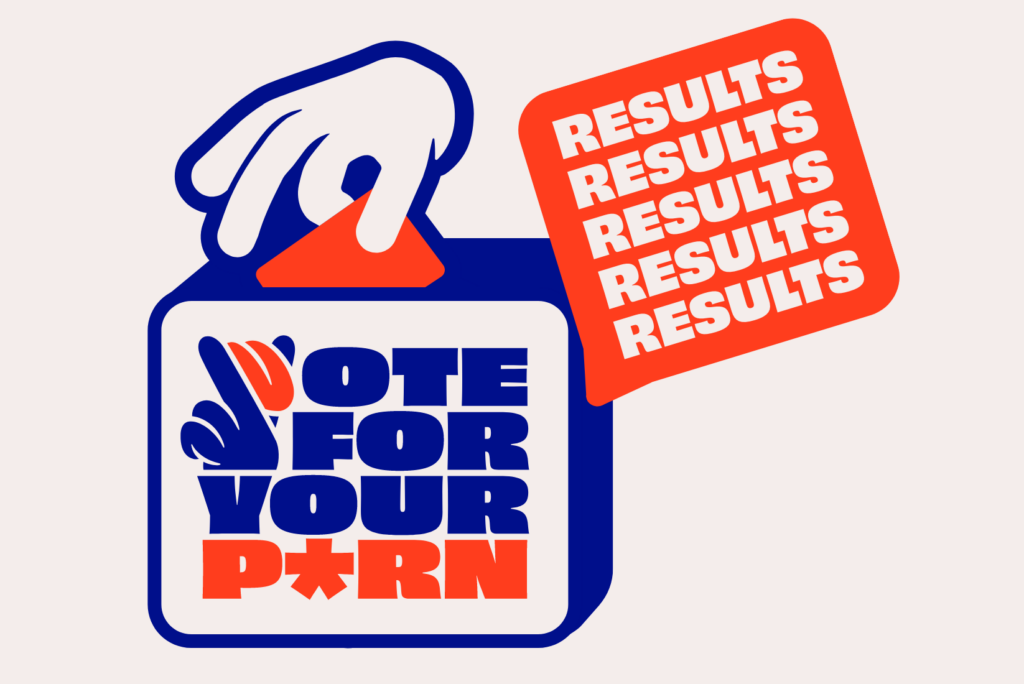The History of Pride Month
Pride Month and LGBTQIA2S+ Rights Today
Both LGBTQIA2S+ people’s experiences and Pride have undergone significant changes in the 50 years since the first Pride parades. In 2019, over 100,000 marchers participated in the New York City Pride March, with an estimated four million people watching. While there appears to be a substantial difference between Pride in 1969 and 2020, the struggle for LGBTQIA2S+ equality equality isn’t over. Even in countries where marriage equality is established, other LGBTQIA2S+ rights remain threatened, which emphasizes the ongoing importance of promoting the self-affirmation, dignity and equality of LGBTQIA2S+ individuals.
Trans rights have come under fire in the UK, where the government not only rejected gender recognition reform but also hinted at potentially rolling back healthcare for trans youth. In the USA, transgender people have experienced the revocation of healthcare protections. In Germany, non-binary individuals still lack legal recognition, and trans people who underwent mandatory sterilization to change their sex on identity documents before 2011 have not received compensation, in contrast to their Swedish counterparts, for example.
Mainstream Pride programming has often faced criticism for not being inclusive or welcoming to LGBTQIA2S+ Black and Indigenous people as well as other people of colour. While not all sex workers are LGBTQIA2S+, and not all LGBTQIA2S+ people are sex workers, sex worker rights and LGBTQIA2S+ rights go hand in hand. Both movements advocate against the infringement of bodily autonomy by the police and state. Many participants at Stonewall and in the uprisings that paved the way for Stonewall were themselves sex workers. Laws like the SESTA & FOSTA Acts of 2018 continue to jeopardize the safety of sex workers, including LGBTQIA2S+ sex workers. The need for Pride Month is far from over.








